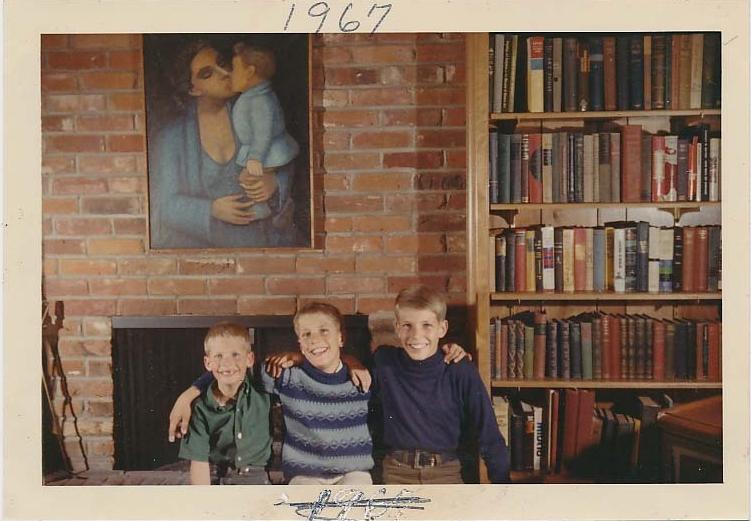
Figure 1.--Color snapshots began to be more common in America during the late-1960s. This Christmas snapshot in the family livingroom was taken during 1967. Notice the smooth edge and wide white border. It was the standard 5" x 3 1/2 in size. |

|
From a very early point, color photography was the holy grail of photography. Consumers wanted color prints ay before they even existed. As a result. early photographers tinkerd with the chenmistry almost from the start. This at first meant work on Daguerreotype. A Reverend Hill in America claimed to have achieved colored images (about 1850). He refused to provide details on his complicated process because the Parent Office rejected his parent application. Acusations of fraud followed and he was largely descredited. He abandoned photography. Examinations of surviving Hillotypes show that he actually achieved some muted colors, although he enhanced some of his images with dyes. Of course Hilloptypes wee a type of Daguerreotype so actualprints were not posdible. Unable to provide color photographs, studios began colorizing their images. Patrons could also order color paintinhs based on the black-and-white portraits. It would not be until the turn-of-the 20th century that we see some true color photiographs. A Russian produced the first really beautiful color prints. He left some woindrfulimages of Tsarist Russia. The process was, however, very complicated and not suitable for commercial development. And after World War I that commercial process appeared that allowed amateur photographers to take color snapshots. Agfa in Germany and Kodak in America were the leaders. Early color prints like black-and-white prints had white borders. Color film was, however, very expensive and World War II disrupted normal marketing and production operations. It was not until after the War that color film was widely available. At first it was mostly slides (tranparencies). They did not need to be printed. Actualprints were quite expensive. Color prints from color negative film were still very expensive in the 1950s, but see see more in the 60s and color generally replaced black-and-white prints by the late-1970s. Black and white by the 80s in America was generally confined to arts photiographers who prepered to shoot in black and white. We still see some blavk abd white prints from other countries,especially the East Block where the transition to color was slower.
Navigate the Boys' Historical Clothing Web Site:
[Return to:Main snpshot types and chsracteristics page]
[Return to:Main snpshot format page]
[Return to:Main snapshot page]
[Return to:Main photo/publishing page]
[Introduction]
[Activities]
[Biographies]
[Chronology]
[Clothing styles]
[Countries]
[Bibliographies]
[Contributions]
[Essays]
[FAQs]
[Glossaries]
[Images]
[Links]
[Registration]
[Tools]
[Boys' Clothing Home]
Navigate the Boys' Historical Clothing Web Site:
[Sailor suits]
[Sailor hats]
[Buster Brown suits]
[Eton suits]
[Rompers]
[Tunics]
[T-shirts]
[Jeans]
[Sneakers]
